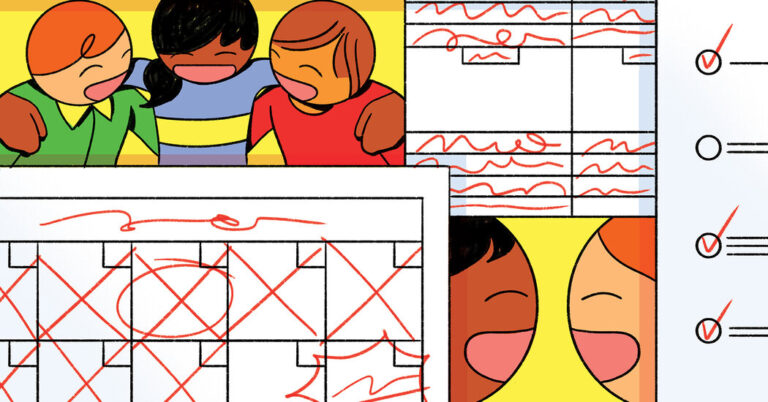Significant Winter Storm Continues to Sweep the East Coast
#news #newstoday #topnews #newsupdates #trendingnews #topstories #headlines
A sprawling storm that dumped buckets of rain on Kentucky and Tennessee on Saturday is spreading across the East Coast on Sunday and spraying a wintry blast of rain, snow, sleet and freezing rain.
The system is expected to continue unleashing dangerous weather into Monday. Power outages, downed trees and hazardous road conditions could disrupt daily life and upend travel plans.
Bob Oravec, a meteorologist with the Weather Prediction Center, called the system a “high-impact storm” and said that the most severe weather on Sunday was likely to occur in the Northeast, where snow could be consistently heavy or turn into sleet and freezing rain.
Precipitation is forecast to subside across the East Coast on Sunday afternoon into early Monday, but the storm will continue to hang on, with damaging winds up to 70 miles per hour expected and lake effect snow continuing to fall over the Great Lakes through late Monday, even into Tuesday.
Across many parts of the Northeast, the snow is set to turn into sleet and freezing rain through Sunday night.
“Ice accumulations up to a quarter inch are forecast for some areas, making driving conditions dangerous,” the Weather Prediction Center said.
While New York City received a coating of snow on Saturday, rain was in the forecast for Sunday. It was the same story in Boston, where the snowfall was expected to turn to rain before sunrise on Monday.
Powerful winds are expected to develop on Sunday into Monday up and down the East Coast, and westward into the Appalachians and the Ohio Valley.
Wind warnings have been issued across the region. In the Allegheny Mountains, which straddle Virginia and West Virginia and extend into Maryland and Pennsylvania, a blizzard warning is in effect from 1 p.m. Sunday until 3 p.m. Monday.
On Sunday afternoon, winds are expected to be howling in New York City.
“Anytime you get high winds in a city they funnel right down the buildings,” Mr. Oravec said. “It’s going to be pretty windy.”
This storm is dragging a mass of bitter cold Arctic air from Canada into the Great Plains and will pull it into the south-central United States. Some locations will likely record their lowest temperatures of the winter so far, the Weather Prediction Center said.
The cold will set the stage for the next winter storm, which is expected to hit the Central Plains on Monday night, the Mid-Atlantic by Wednesday and the Northeast by Thursday.
The worst of the flooding is over but the storm continues.
An unusual surge of warm, springlike moisture poured into the Ohio and Tennessee Valleys and the lower Mississippi Valley on Saturday and triggered torrential rains that turned roads into rivers and created a sloppy, wet mess. Some of the most severe flooding occurred in northwest Tennessee and into western and central Kentucky.
Late Saturday, Gov. Andy Beshear of Kentucky said he had written to President Trump to request an emergency disaster declaration in response to the severe weather. Parts of the state are under flash flood warnings until early Sunday. Gov. Patrick Morrisey of West Virginia declared a state of emergency in 10 counties amid heavy rains.
On Sunday, Washington could record up to an inch of rain, to go along with thunderstorms, heavy rain and winds up to 60 m.p.h.
“We’re going to see a pretty big temperature swing too, with temperatures going from the mid-60s down into the 30s by the overnight hours,” said Connor Belak, a meteorologist with the National Weather Service.
Snow was expected to spread into the Northeast early on Sunday. Upstate New York, Vermont, New Hampshire, northern Massachusetts and interior Maine will likely get the heaviest snow.
By Monday morning, the storm is expected to be centered over Maine and southeast Canada before drifting northeast into the Atlantic Ocean.
Snow is likely to return on Tuesday and Wednesday, coating the same areas that were hard hit over the weekend in Tennessee and Kentucky. Most areas of the East Coast should get a break from wind and precipitation, but by Wednesday and Thursday, a chance for snow returns to the Northeast and Mid-Atlantic.
Check out our Latest News and Follow us at Facebook
Original Source






